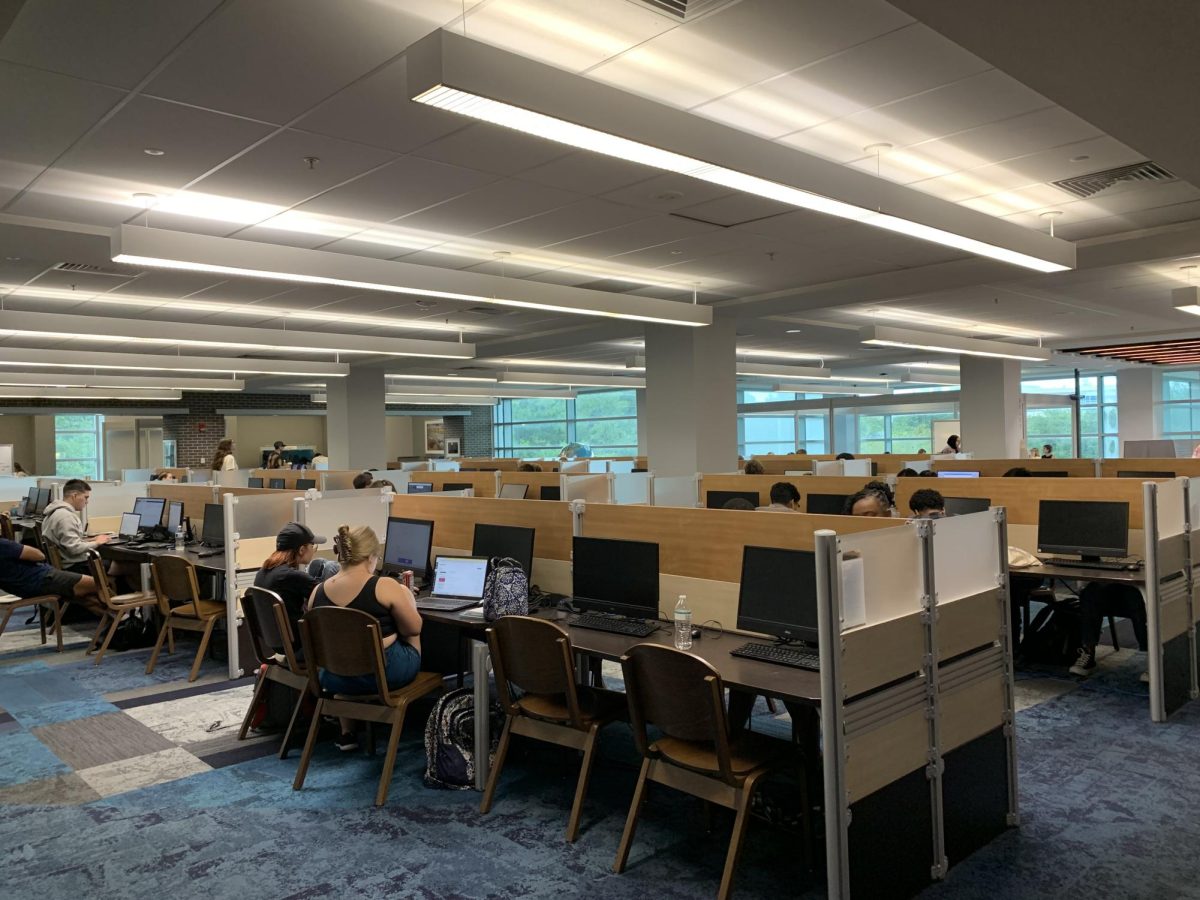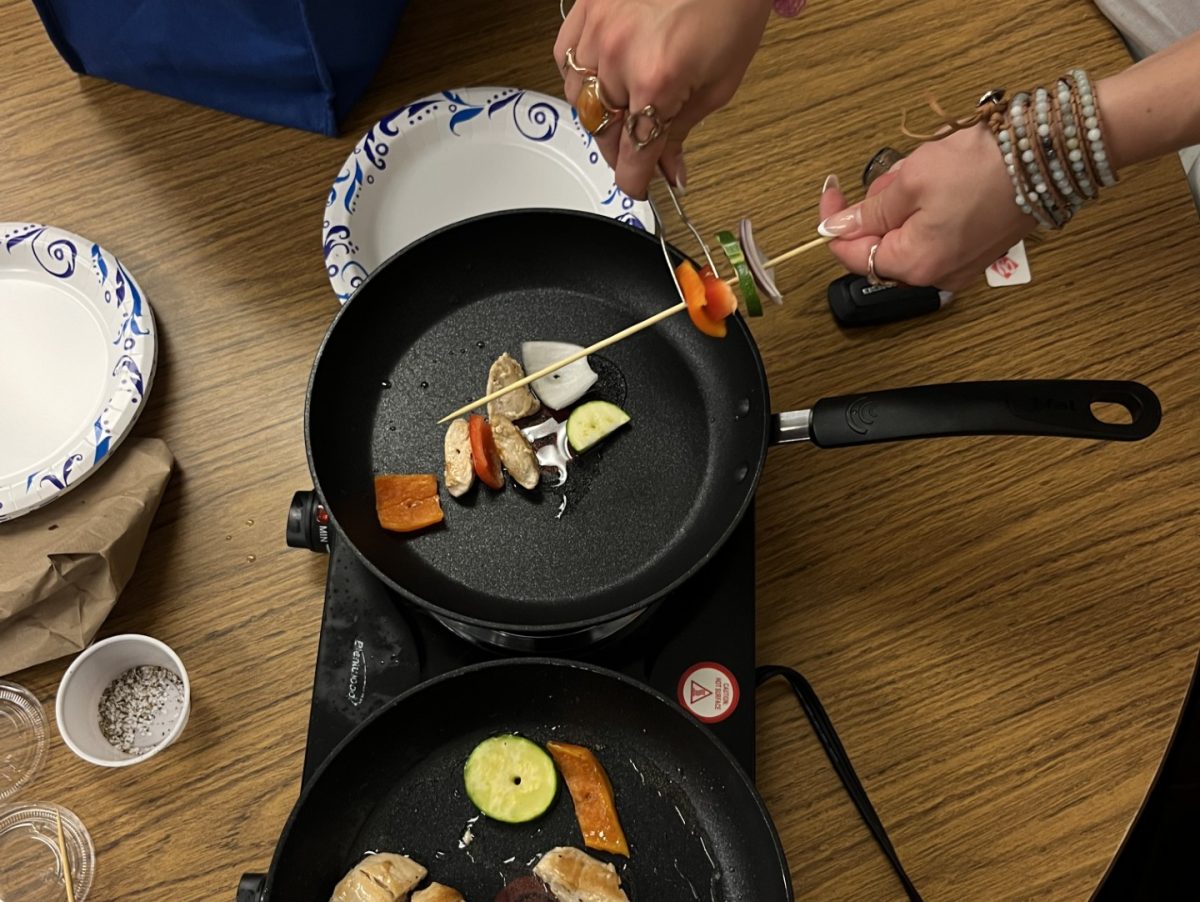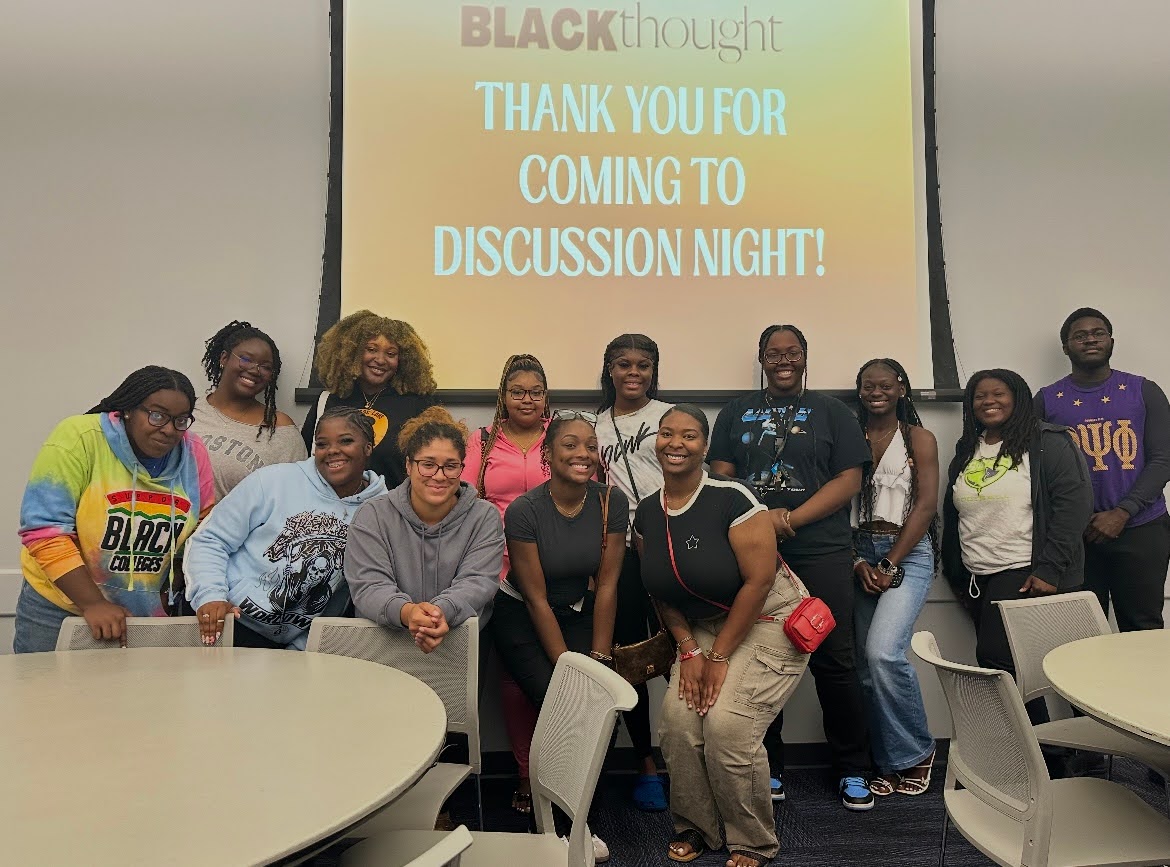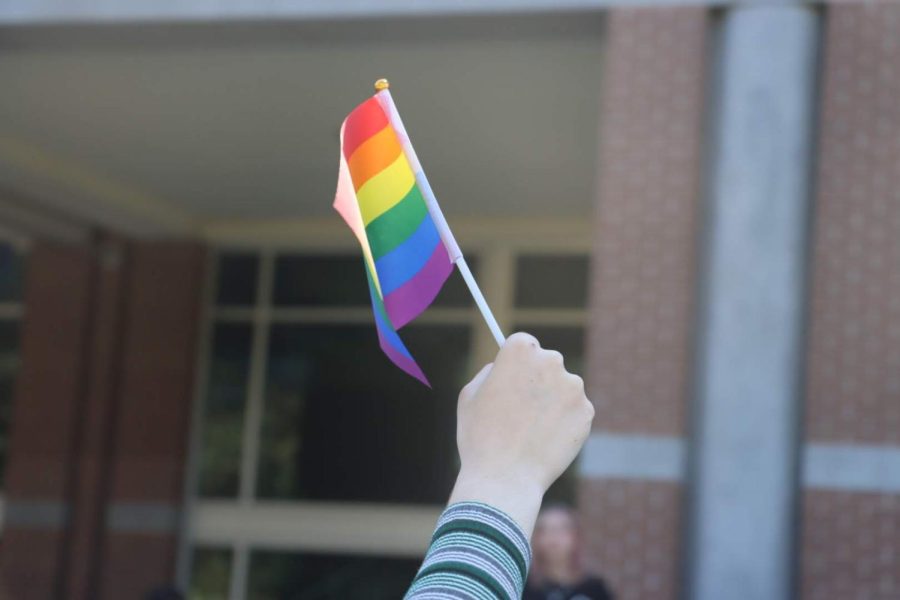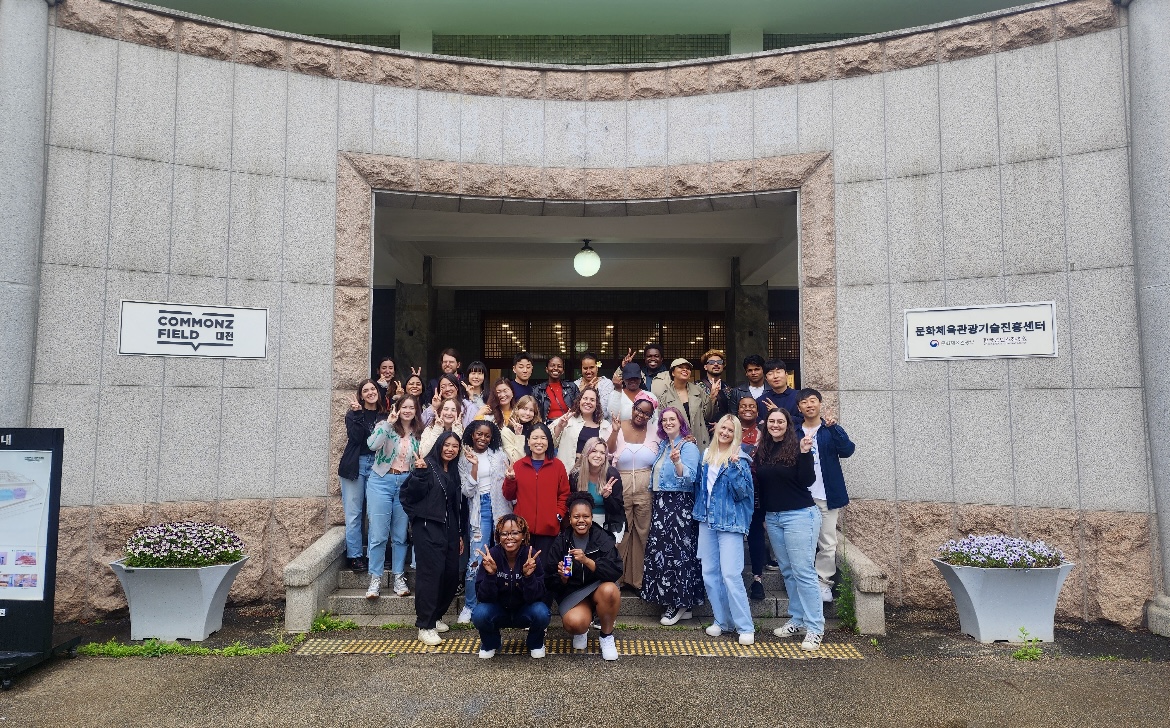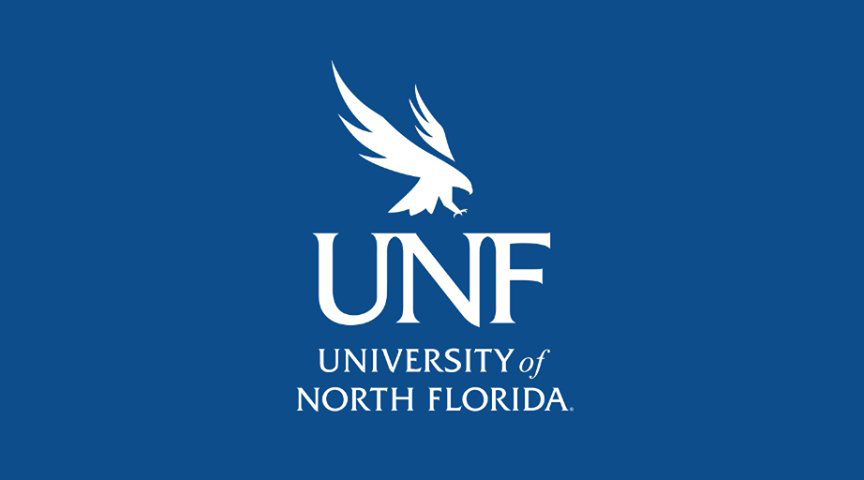Looking ahead to the future can be a bit of a daunting task for any student. Finding a job after college is intimidating, and networking may not come easily to everyone. This is where career fairs come into the picture. Ultimately, career fairs are an incredible opportunity, and they can be an impressive networking resource if used correctly.
The main issue with career fairs right now is that they’re not held exactly the same way they used to be. Typically, a career fair would be more of a fair-like environment: held in a large location with booths to stop at and people to talk to.
However, with COVID-19 still being a contributing factor, most career fairs have switched from in-person to virtual, making it a little more difficult to navigate for some people. This article will handle survival tips specific to virtual career fairs. Some of these ideas can be applied at in-person career fairs as well.
First up, when it comes to a virtual career fair or even an in-person one, it’s important to scout out who’s going to be in attendance. Research the companies and employers who will be attending the fair to make it easier to determine where your focus should be. Once you’ve got an idea, make a top 5 to 10 list of all the companies you’d like to connect with. Prioritize these 5 to 10 companies to make the most of the fair.
Now that you know which companies you’d like to get to know, remember that they should be getting to know you, too! Drag out that old resume and give it some touch-ups. Make sure it highlights relevant experience to the jobs you’re looking for and have copies on hand to either email or hand out in the case of an in-person career fair.
It’s also important to practice introductions and determine the best way to pitch yourself to employers. Think of it as a sales pitch and you’re the best new product on the market.
Fairs hosted on Handshake are broken up into sessions, either group sessions or one-on-one sessions. You must sign up for sessions you would like to attend, which is where your top 5 to 10 list will come in handy. Group sessions are 30 minutes long and held with other students as well as the employer. The one-on-one sessions are strictly between the employer and you, allowing some personal time to chat. Recruiters are also able to invite you to a one-on-one chat.
Now, whether you’re attending a career fair that is physical or one that is digital, first impressions are still everything. This means you want to make sure everything you can control is going well for you. Dress well and sit in a quiet area where there are few to no distractions. This way all the focus will be on you, and all your focus will be on the employers.
Also, ensure that your tech is up to standard for virtual fairs. If the video chat software works better on a certain platform or if your Wi-Fi is a little troublesome, try to correct any technical issues before they even start. After that, it’s on to the sessions!
Assuming the career fair went well and was beneficial, it’s time to start thinking about follow-ups. Connecting with employers after the fact will emphasize interest and dedication. Make sure to apply for positions you found interesting and write thank you letters to people you met with if possible. Keeping in touch is not only attractive to employers, but it may help with networking.
With all of this information in mind, be sure to be present and pleasant during your sessions with employers, this way you stand out in a crowd. Other than that, just be yourself and good luck!
________
For more information or news tips, or if you see an error in this story or have any compliments or concerns, contact editor@unfspinnaker.com





